A Legacy Forged in Fire: Unveiling the Bronzes of India
Behind every exquisite bronze piece lies the dedication, skill, and inherited wisdom of master craftspeople. In the heart of Karnataka, our bronzes are brought to life by artisans who have dedicated their lives to this ancient art form.
For generations, these families of shilpis (artisans) have honed their craft, passing down the intricate techniques of the lost wax method and the secrets of the perfect bronze alloy. Their hands, guided by tradition and imbued with individual artistry, transform raw metal into objects of enduring beauty and cultural significance.
More than just a profession, for these mastercraftsmen, bronze casting is a deeply ingrained way of life. It is a connection to their ancestors, a celebration of their heritage, and a testament to their unwavering commitment to quality and artistry. Each curve, each detail, each subtle nuance in our bronzes is a reflection of their profound understanding of the material and their mastery of the craft.
We believe in honoring the individuals who pour their heart and soul into creating these exceptional pieces. Through ‘thebronzeindia.com’, we aim to connect you not only with the beauty of Indian bronzes but also with the stories and the skilled hands of the master craftsmen who bring them into existence.
The Hands That Shape History
M V Lakshmanan – National Awardee Master craftsmen
India’s Enduring Bronze: Art, History & Home.
For centuries, the gleam of bronze has illuminated the cultural landscape of India. More than mere metal, Indian bronzes are tangible echoes of history, spirituality, and artistic mastery. From the graceful Nataraja, the cosmic dancer, to serene depictions of Buddha and intricate temple lamps, these objects tell stories of dynasties, beliefs, and the enduring human spirit.
Journey with us as we delve into the rich heritage of Indian bronze casting, exploring its ancient roots and the skilled hands that have shaped this enduring art form. Discover how this revered metal continues to inspire and enrich our lives, seamlessly transitioning from sacred spaces to contemporary homes.
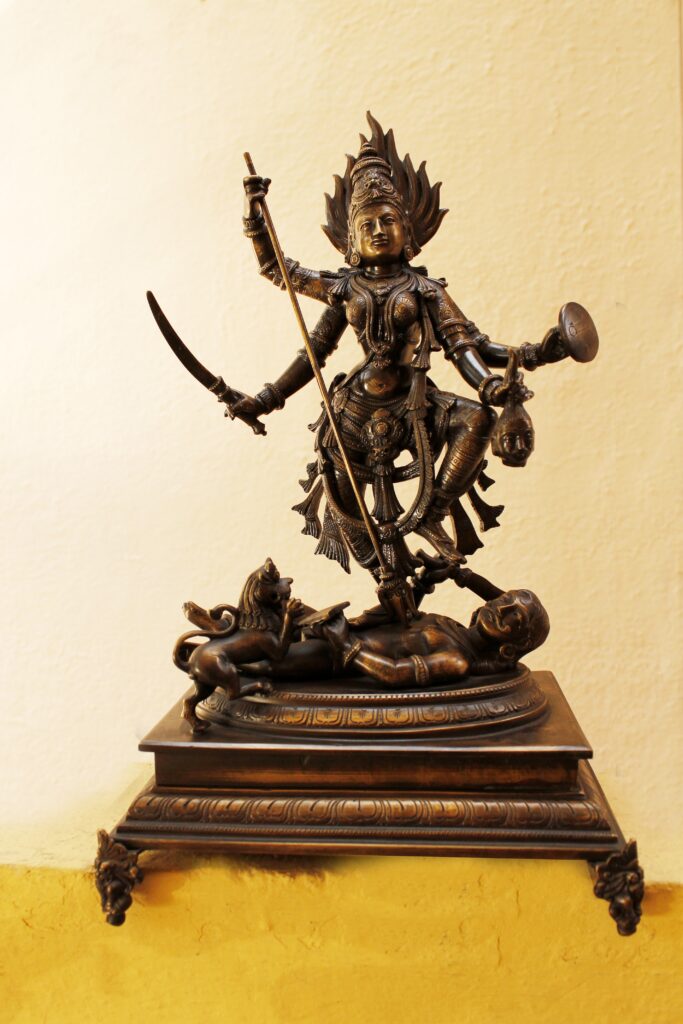

Festival of India, UK
The Soul of the Craft: Traditional Bronze Casting in India
The Lost Wax Magic: India’s Age-Old Bronze Casting Tradition.
A Legacy Forged in Fire: Unveiling the Bronzes of India
India’s Enduring Bronze: Art, History, and Home.
From Ancient Deities to Modern Design: Discover the Timeless Allure of Indian Bronzes.
For centuries, the gleam of bronze has illuminated the cultural landscape of India. More than mere metal, Indian bronzes are tangible echoes of history, spirituality, and artistic mastery. From the graceful Nataraja, the cosmic dancer, to serene depictions of Buddha and intricate temple lamps, these objects tell stories of dynasties, beliefs, and the enduring human spirit.
Journey with us as we delve into the rich heritage of Indian bronze casting, exploring its ancient roots and the skilled hands that have shaped this enduring art form. Discover how this revered metal continues to inspire and enrich our lives, seamlessly transitioning from sacred spaces to contemporary homes.
The Soul of the Craft: Traditional Bronze Casting in India
The Lost Wax Magic: India’s Age-Old Bronze Casting Tradition.
The creation of a traditional Indian bronze is a meticulous and deeply personal process, often passed down through generations of artisans. At its heart lies the ancient “lost wax” or cire perdue technique, a testament to human ingenuity and patience.
The Sculptor’s Vision: The artist first meticulously sculpts the desired form in beeswax, capturing intricate details and imbued with their creative vision.
The Earth’s Embrace: This wax model is then carefully encased in layers of clay, creating a mold that will safeguard the delicate form.
The Fiery Transformation: The mold is heated, melting away the wax and leaving a hollow cavity – the negative space that will soon hold molten bronze.
The Pouring of Life: Molten bronze, a carefully alloyed mixture of copper and tin (and sometimes other metals), is poured into the heated mold.
The Unveiling: Once cooled, the clay mold is broken away, revealing the raw bronze casting.
The Artisan’s Touch: The final stage involves meticulous cleaning, chasing (refining details), and polishing, bringing forth the inherent beauty and luster of the bronze.
This traditional method, still practiced in various pockets of India, imbues each bronze piece with a unique character and a tangible connection to the artisan’s skill and heritage.

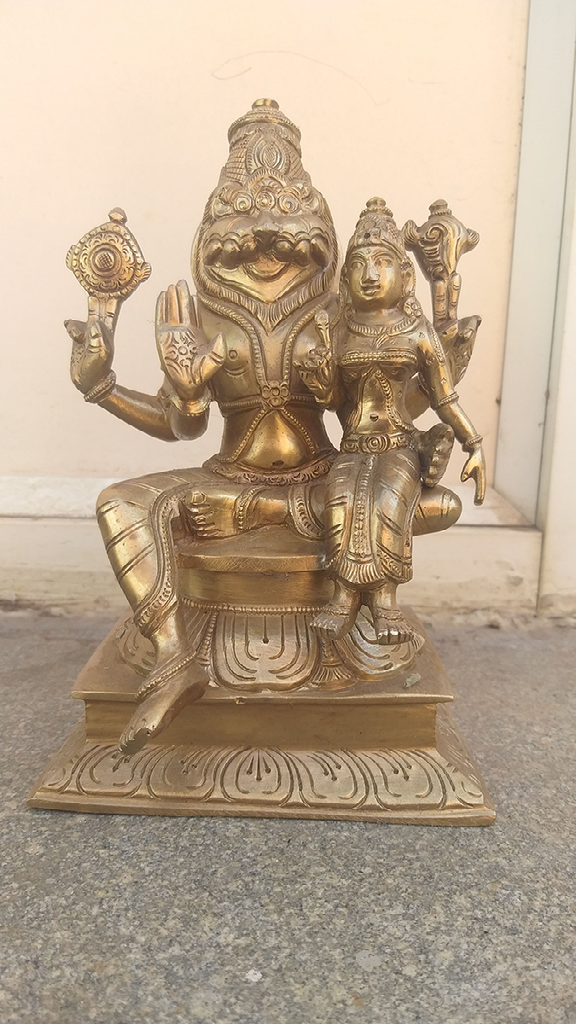
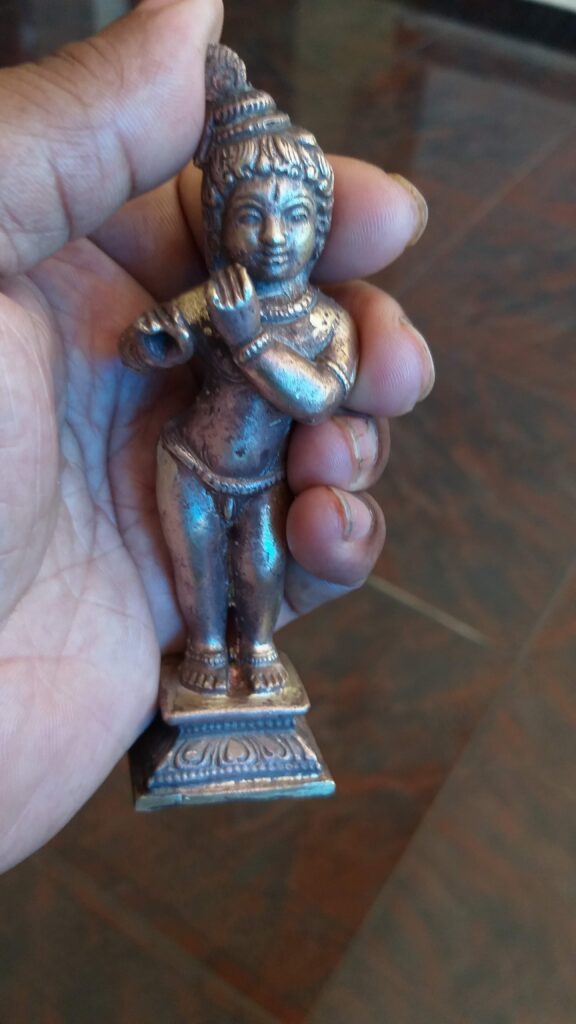

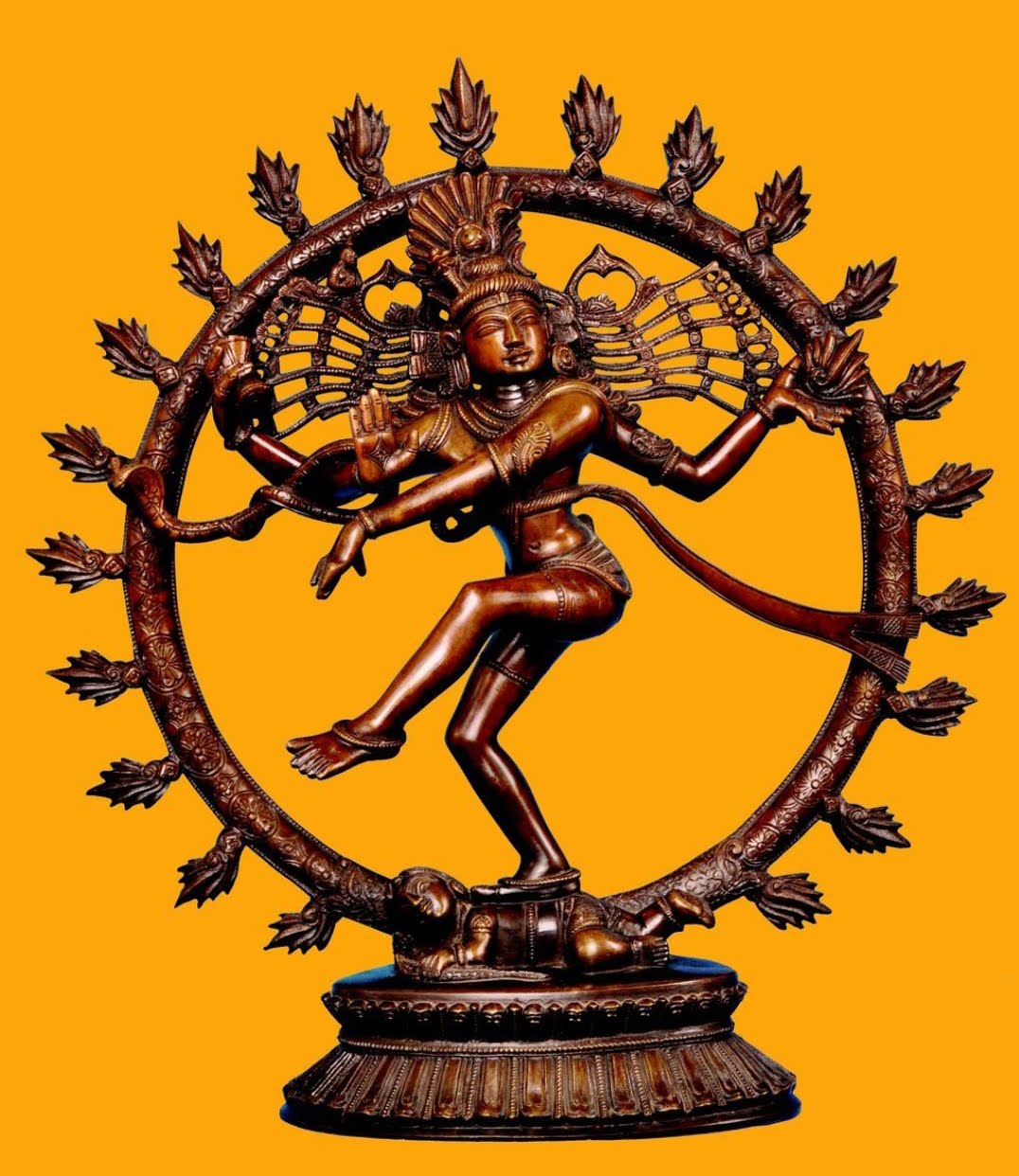
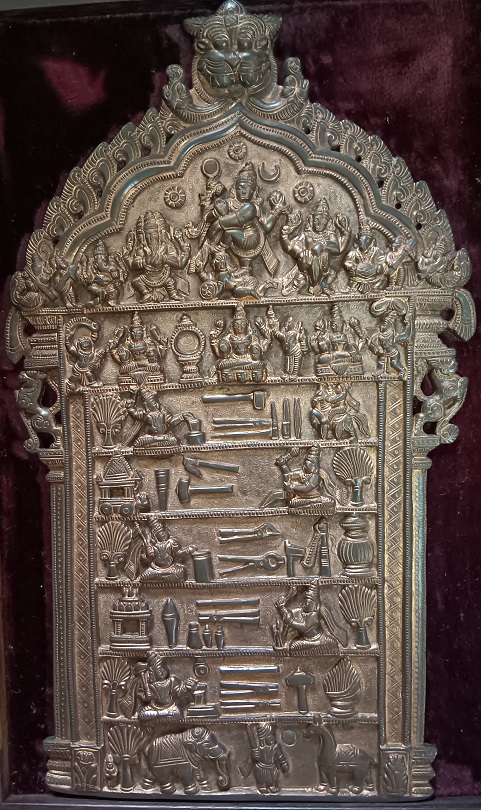
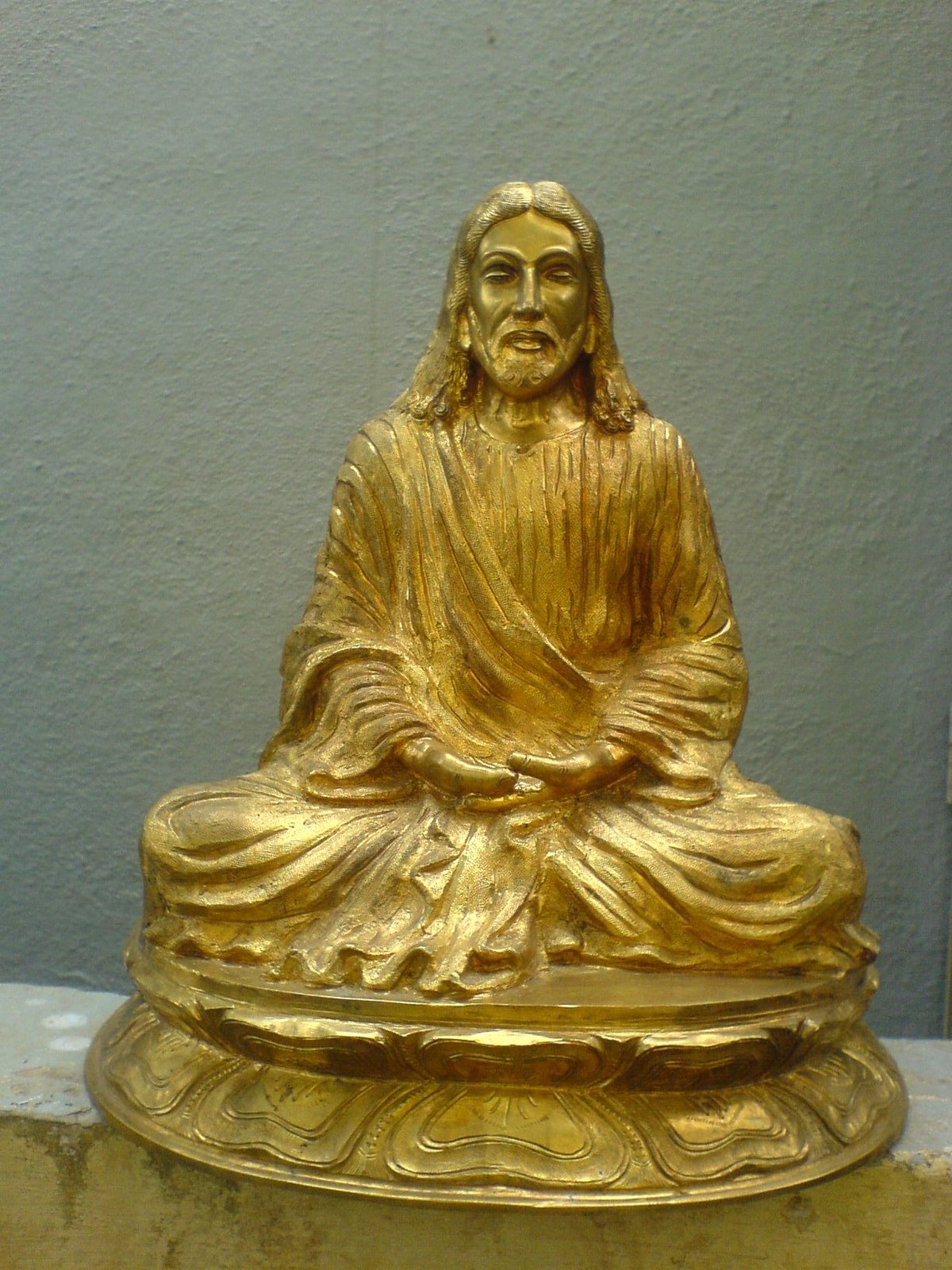
Bringing Bronze Home: Timeless Elegance for Modern Interiors
The Warmth of Bronze: Elevating Your Home Decor.
The rich patina and enduring quality of Indian bronzes make them exquisite additions to any home. Whether you favor traditional aesthetics or contemporary design, bronze accents can add a touch of warmth, sophistication, and history to your living spaces.
A carefully chosen bronze statue, whether a deity, an animal figure, or an abstract form, can become a captivating focal point in a living room, hallway, or study.
Bronze lamps, and lanterns cast a warm and inviting glow, adding a touch of old-world charm.
Small bronze figurines, and bookends can add subtle yet significant touches of luxury and character to shelves, tables, and mantels.
Upgrade your home with bronze door handles, cabinet knobs, and other fixtures for a cohesive and sophisticated look.
Bronze plaques or panels with intricate carvings can bring a unique artistic dimension to your walls.
The versatility of bronze allows it to complement a wide range of interior styles, from bohemian and ethnic-inspired spaces to minimalist and modern designs. Its inherent beauty deepens with age, ensuring that your bronze pieces will be cherished heirlooms for years to come.
Explore our curated collection of exquisite Indian bronzes and bring the timeless elegance of this ancient art form into your home.
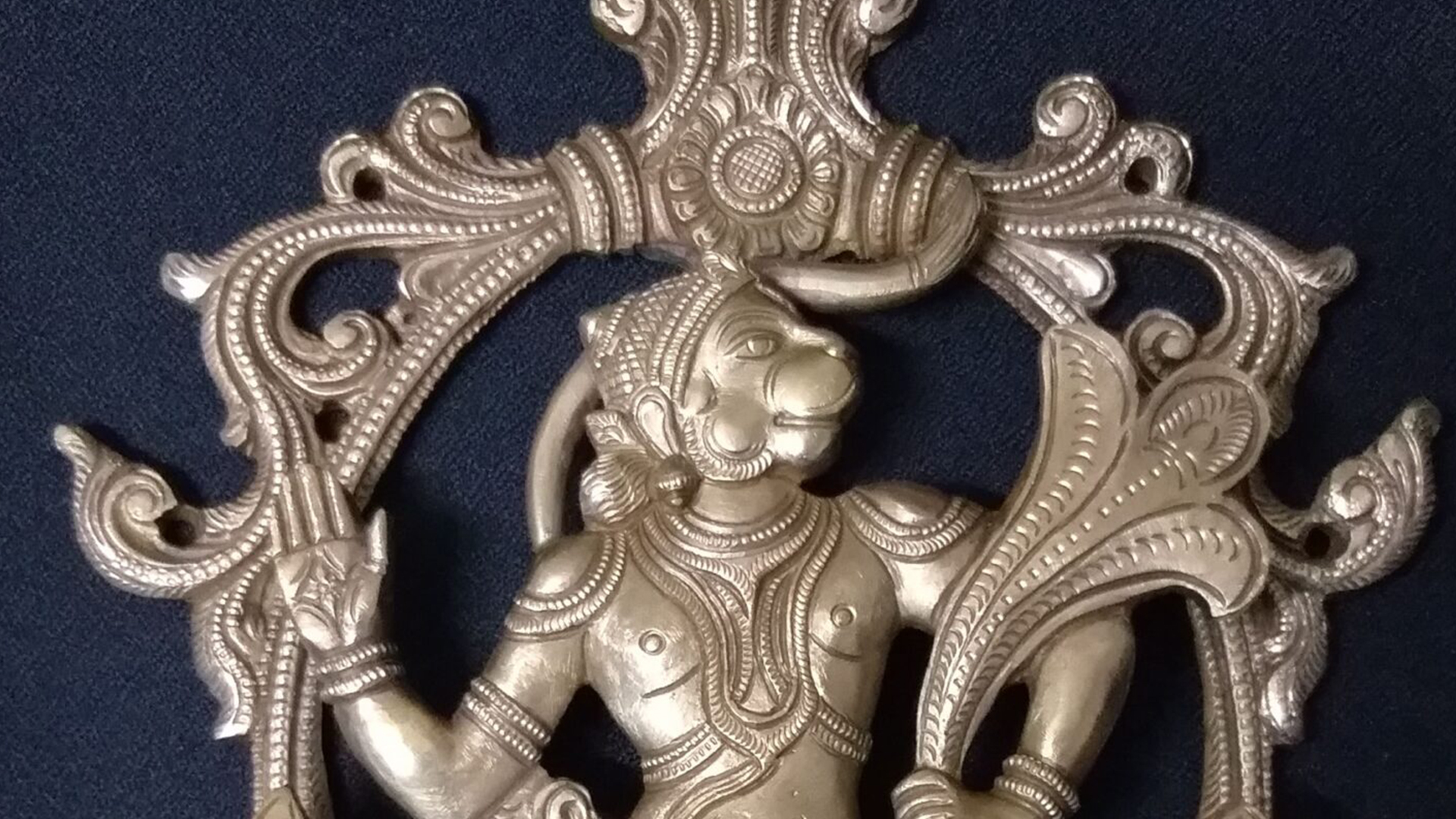
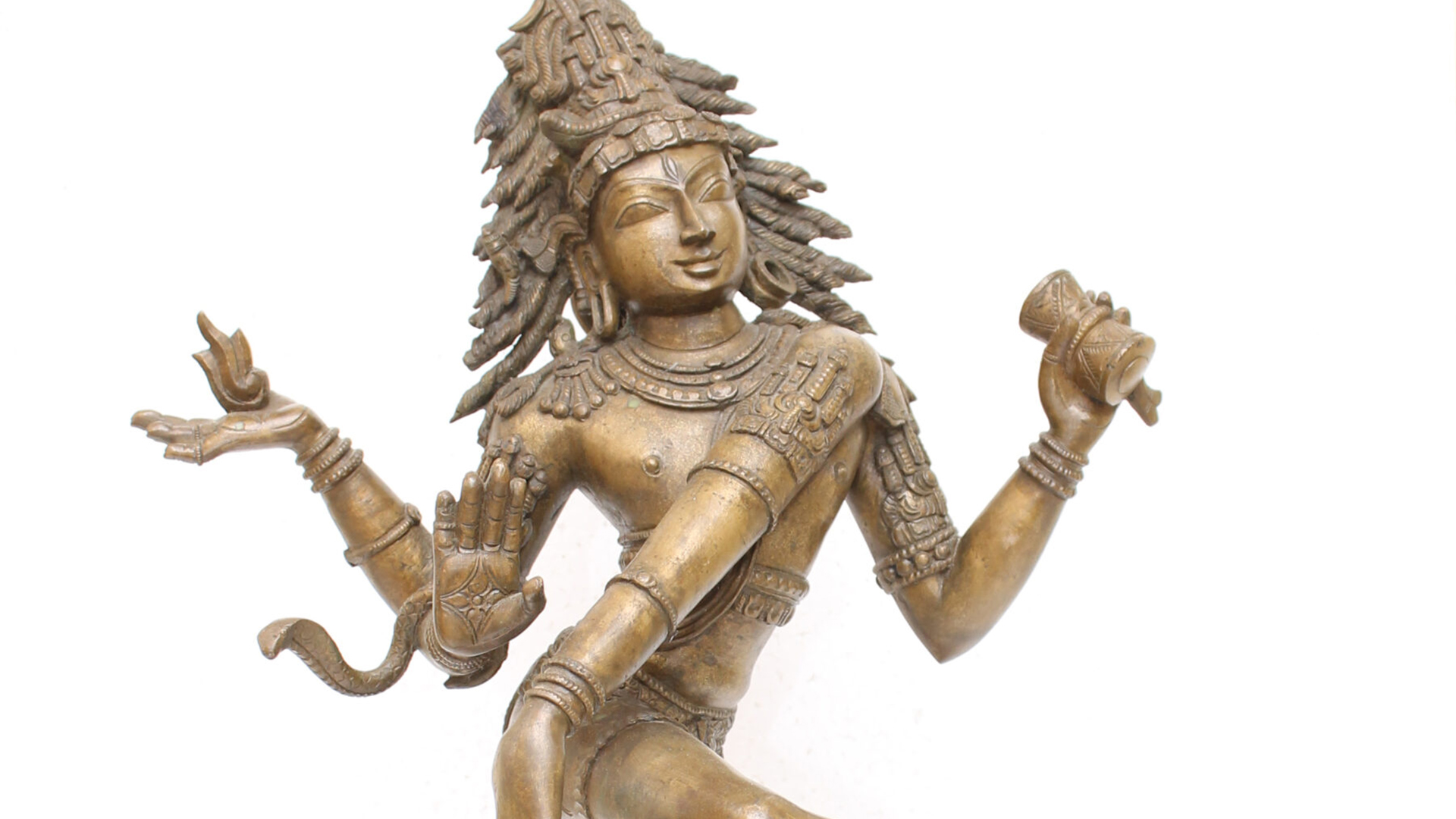
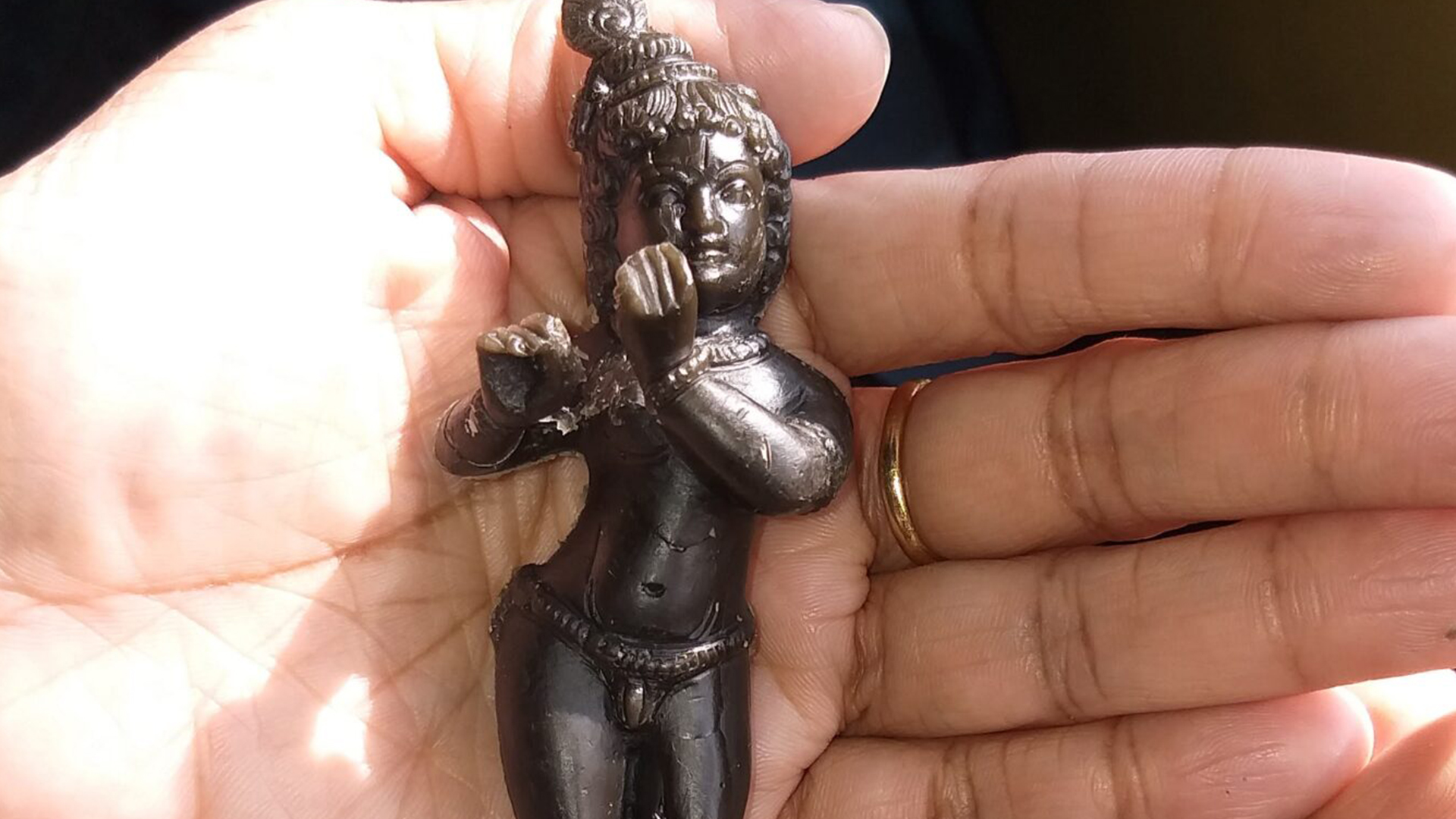
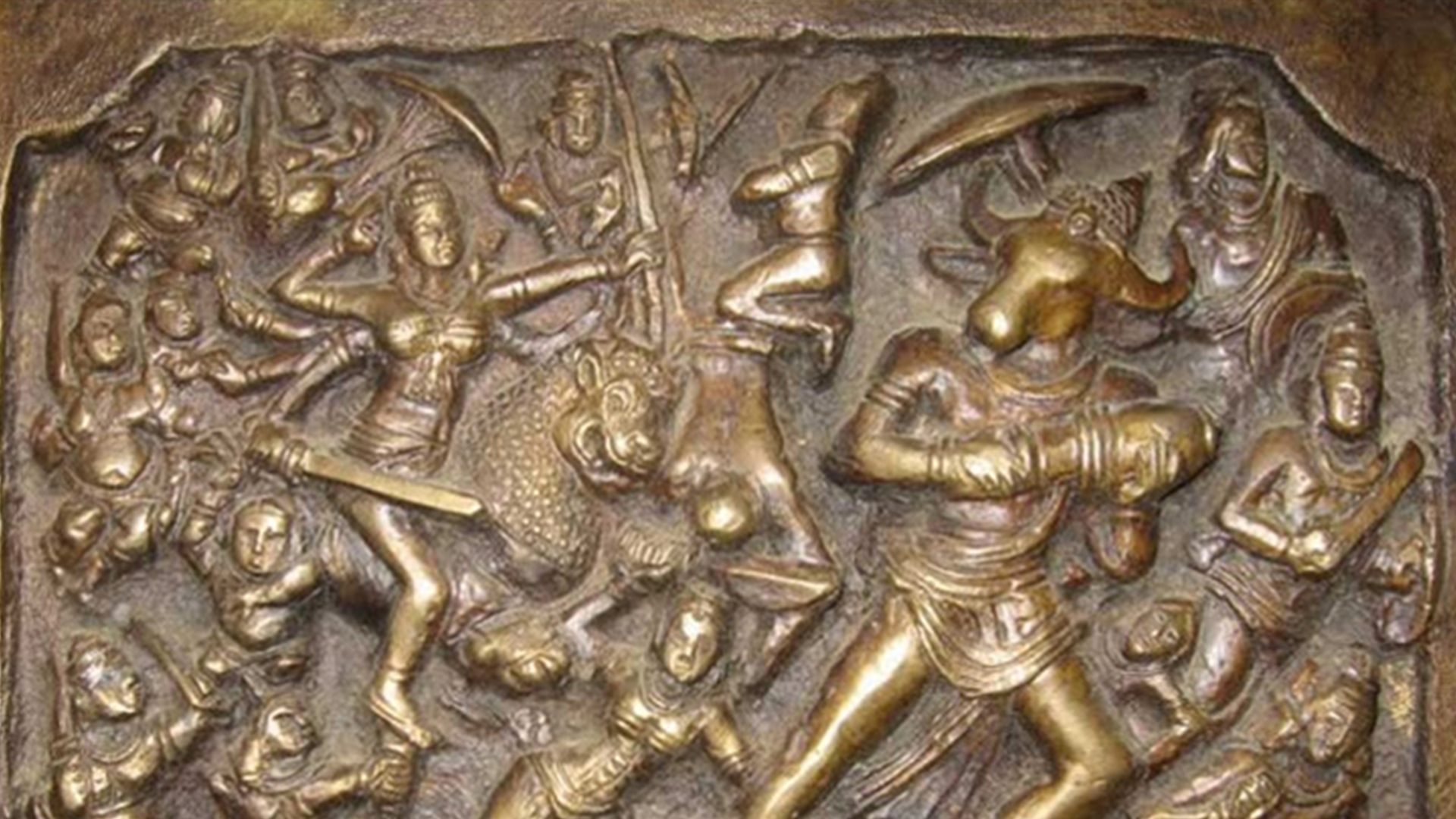
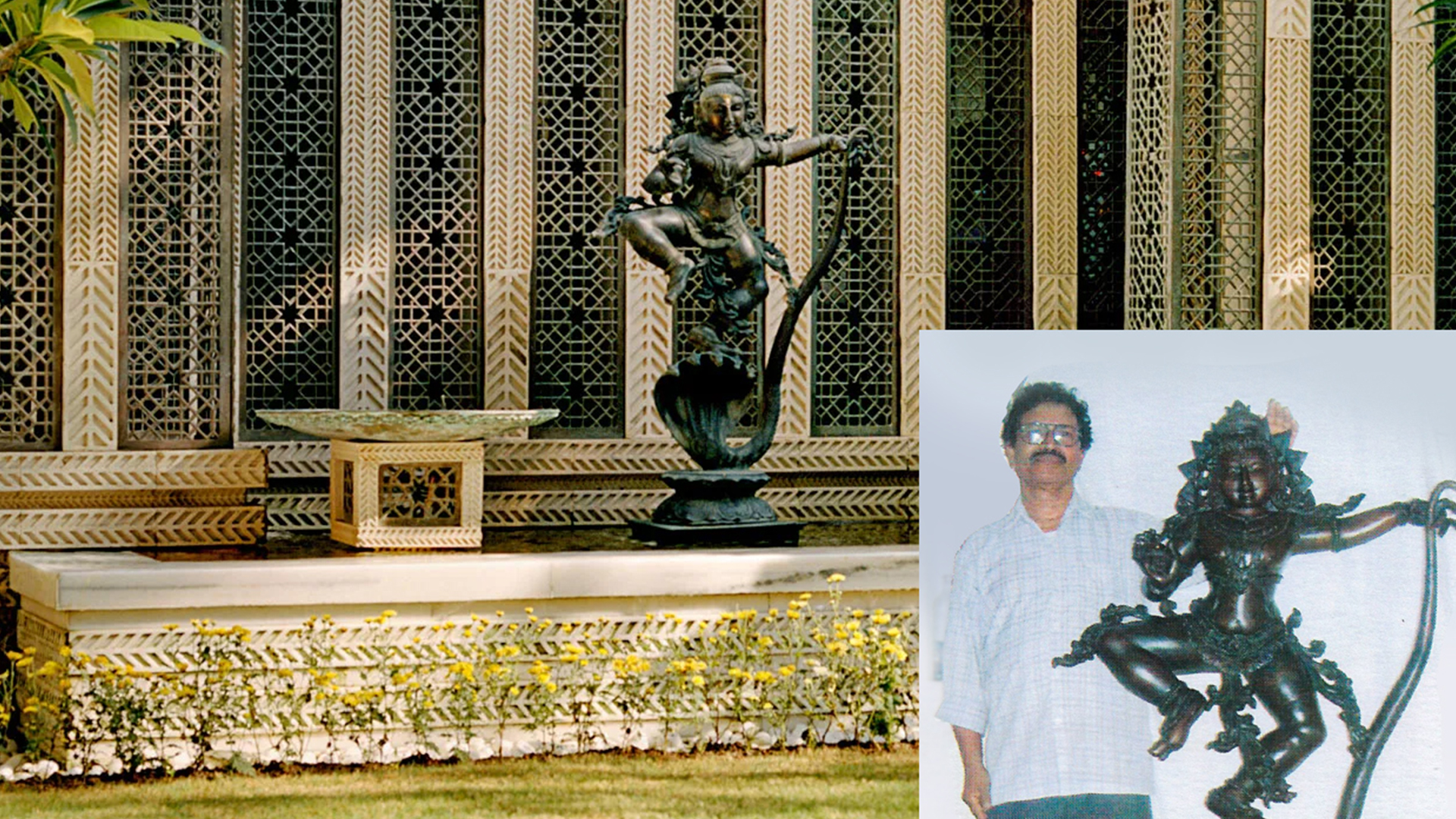
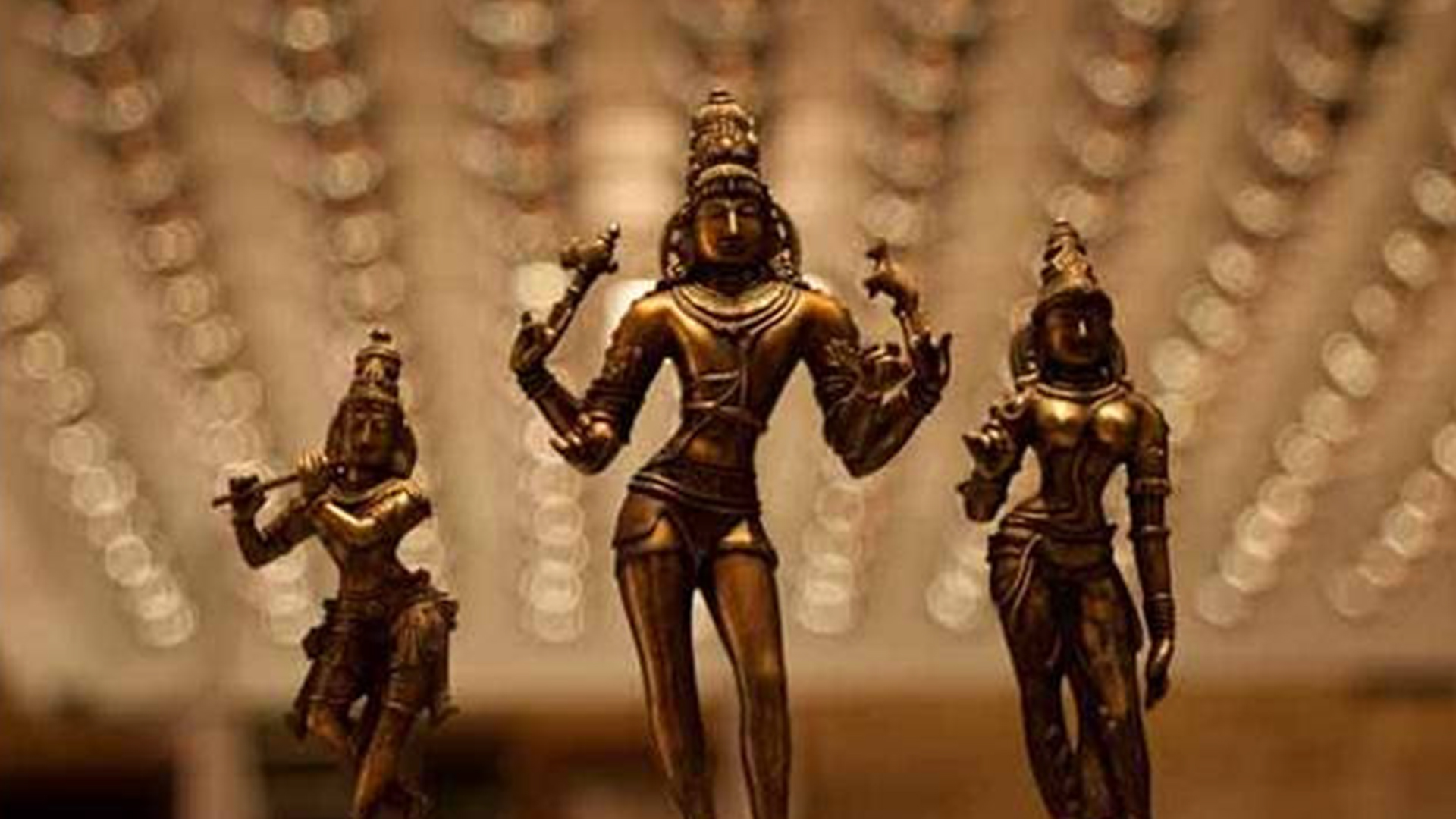
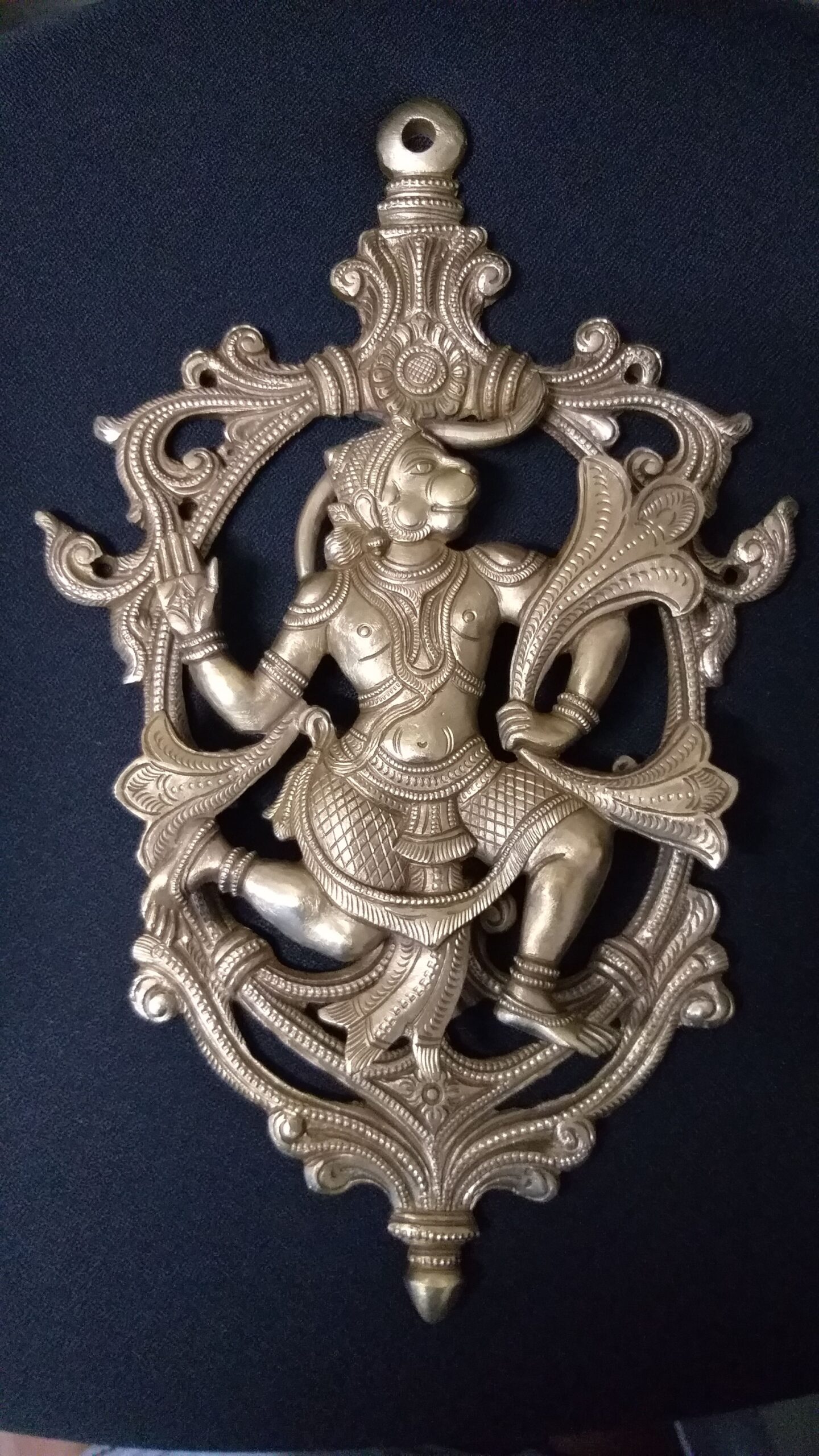
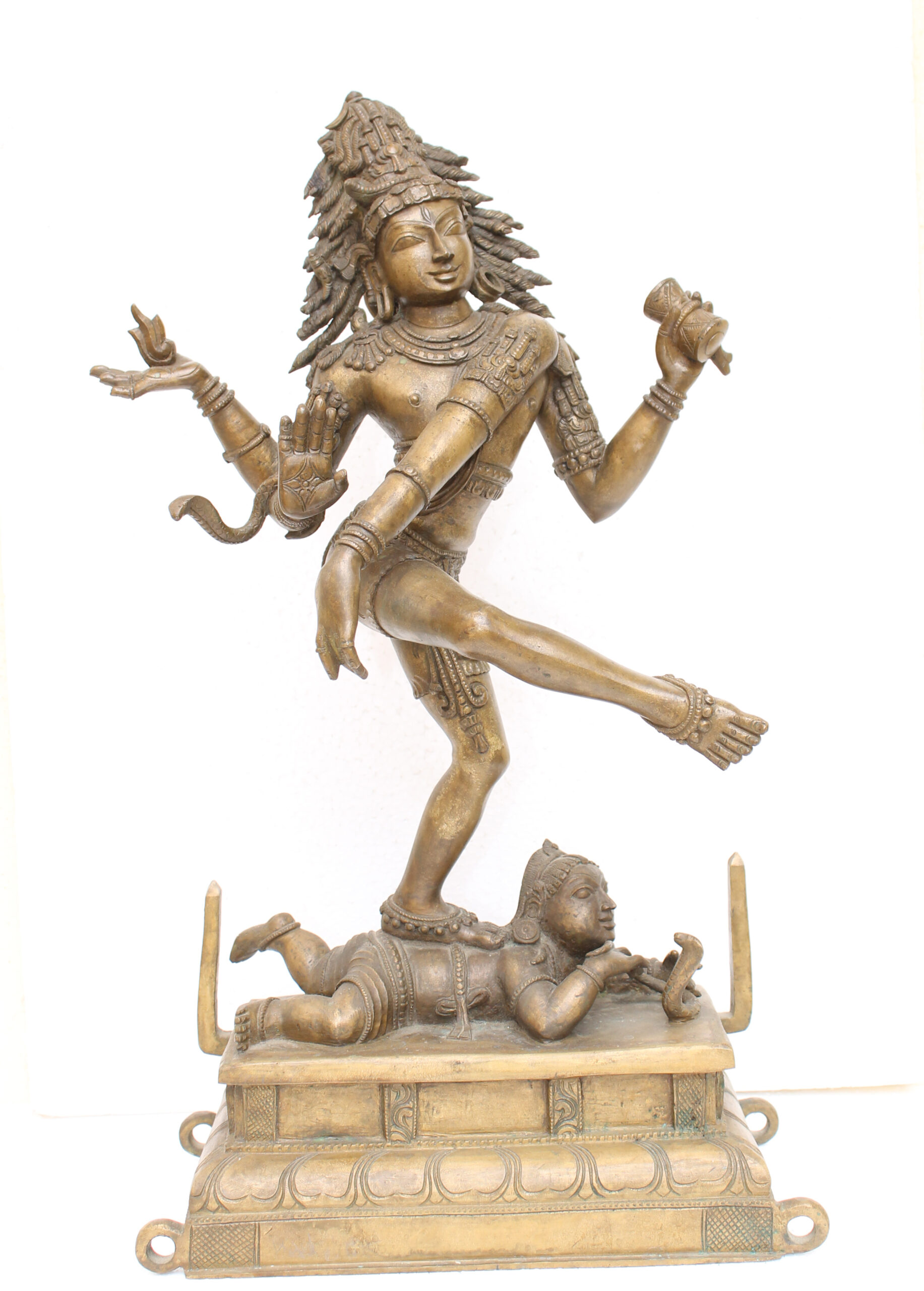
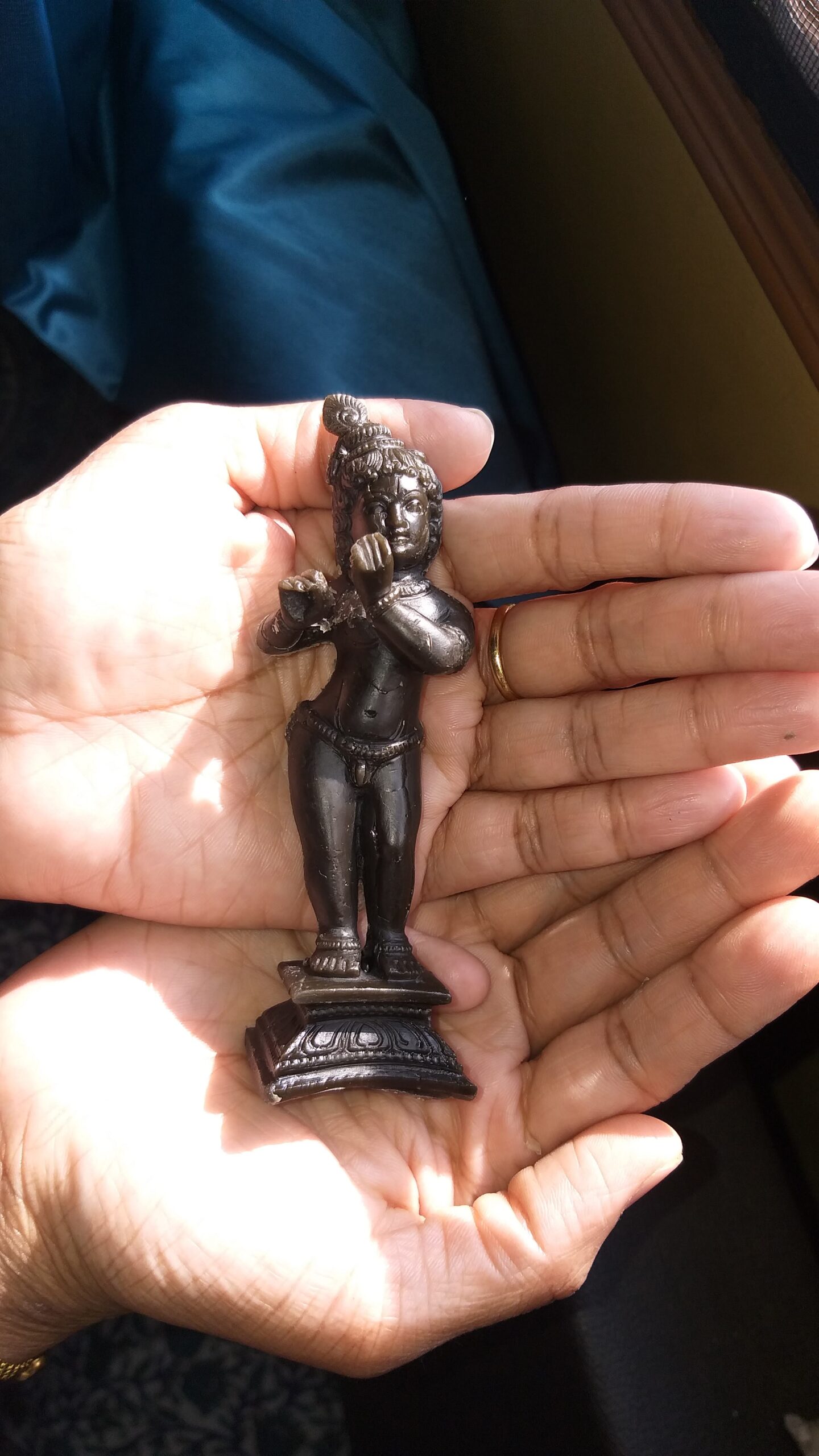

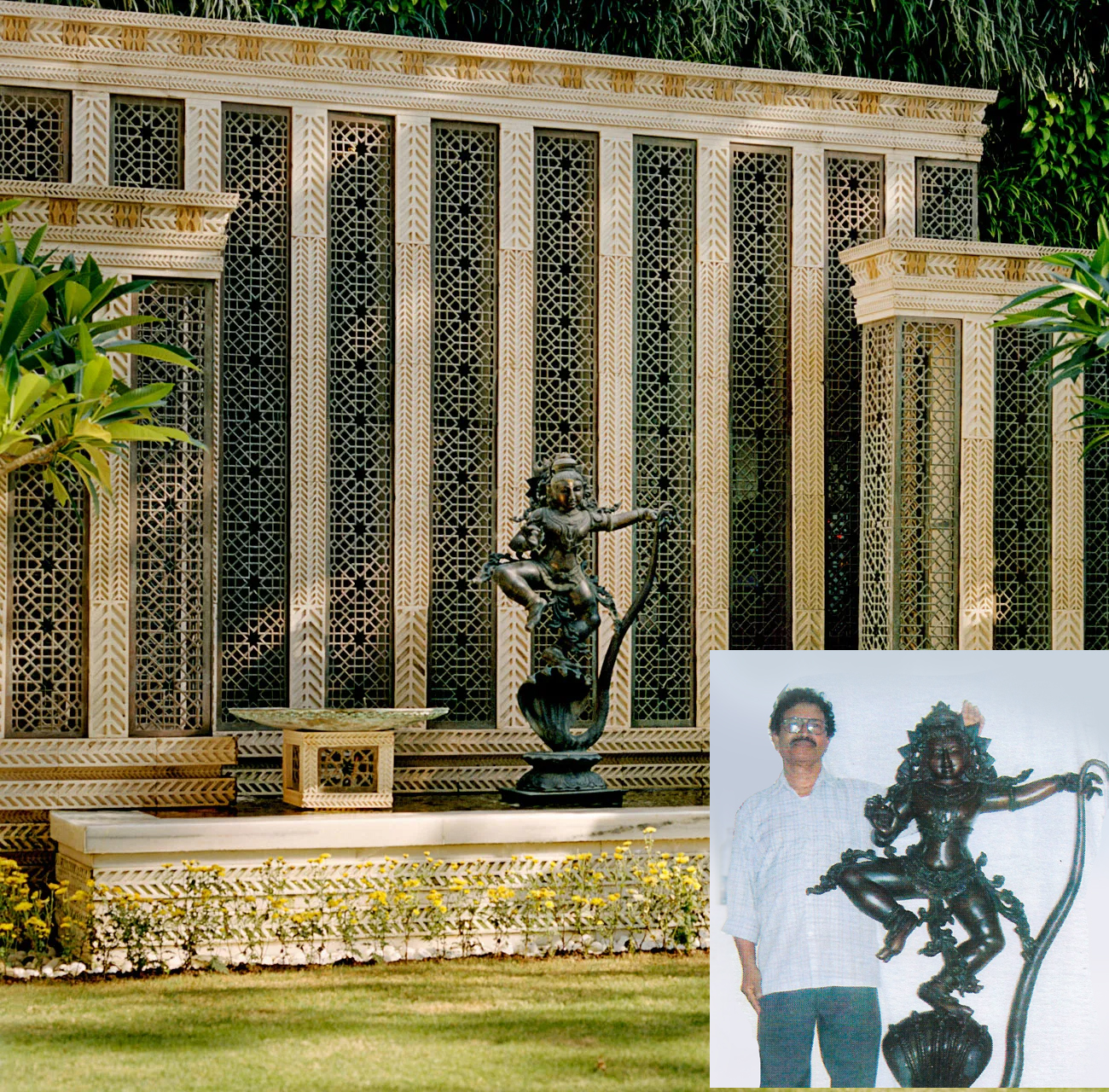
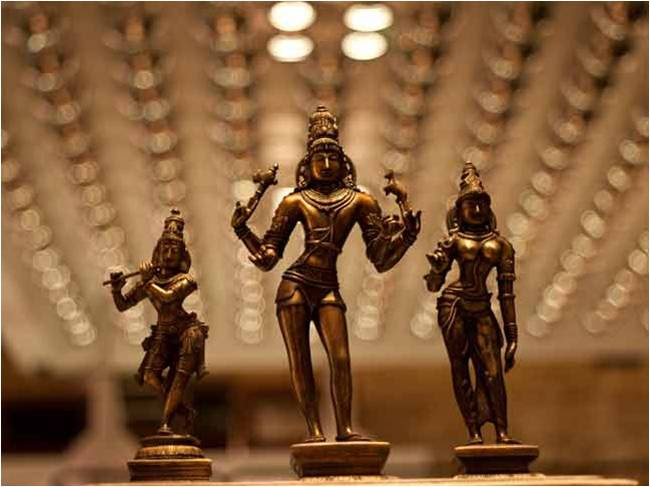
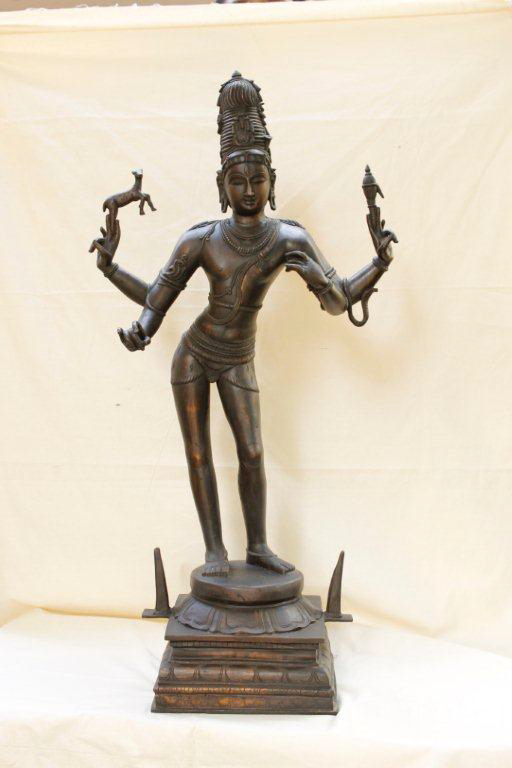
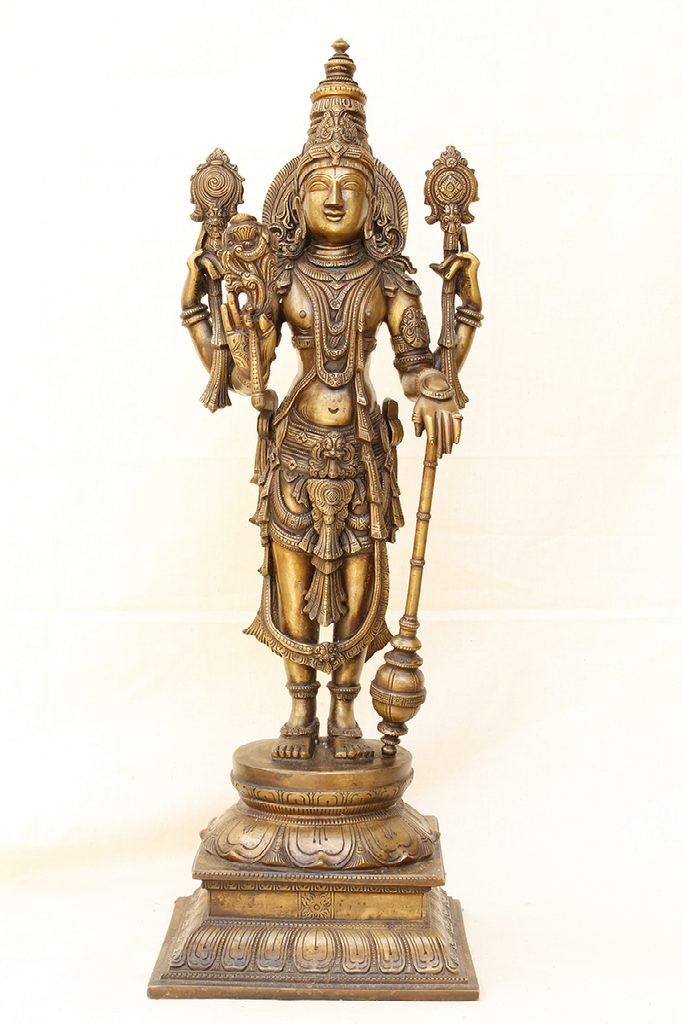
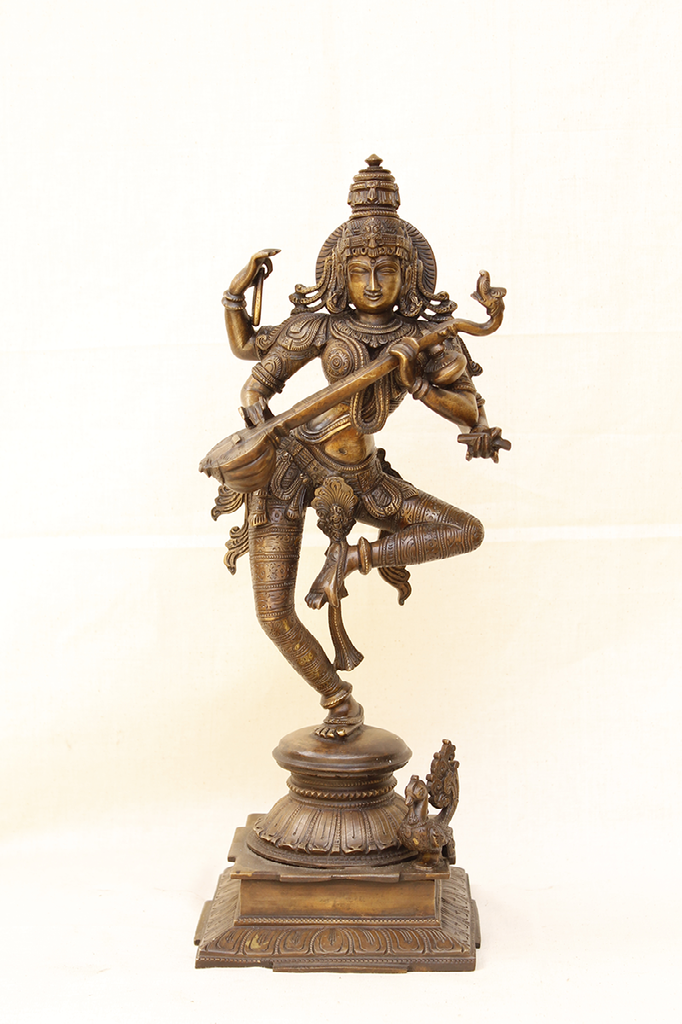
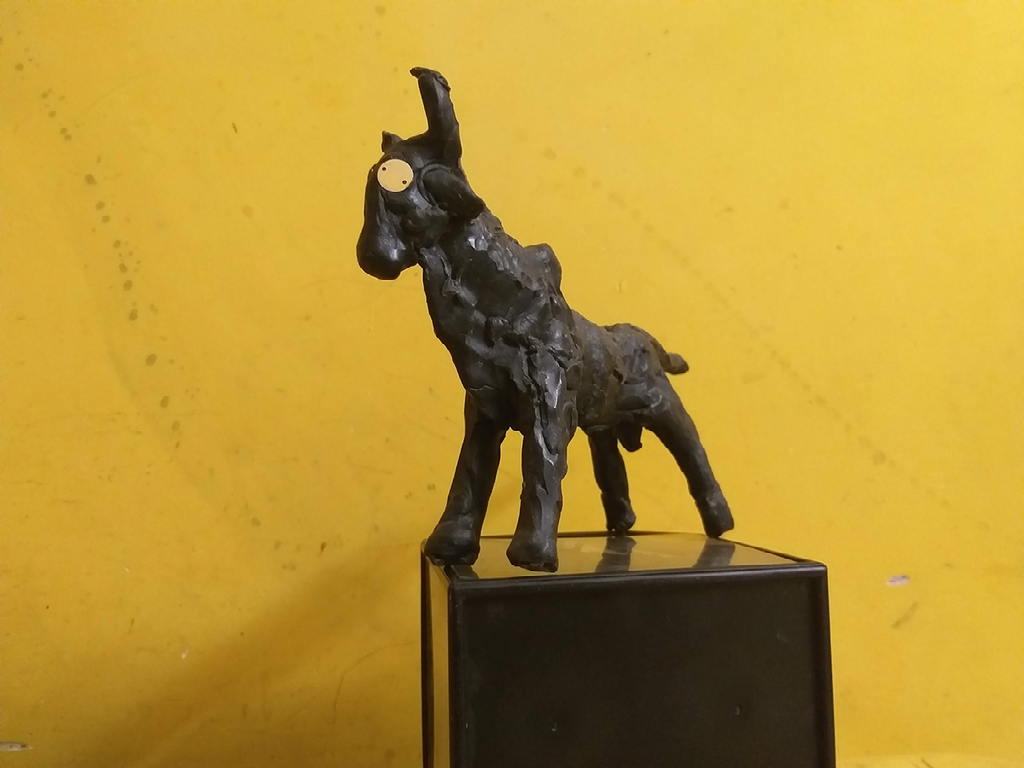

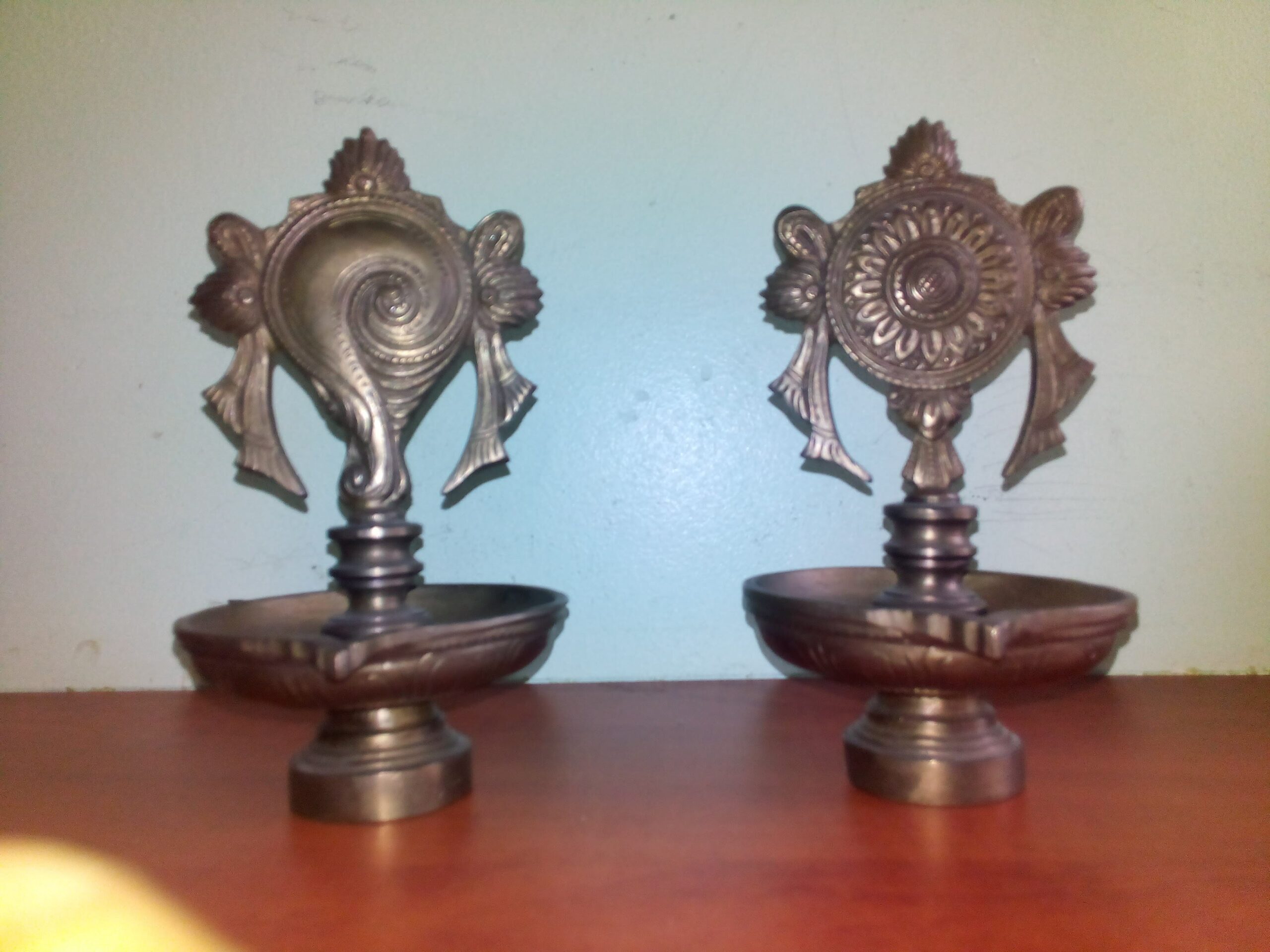
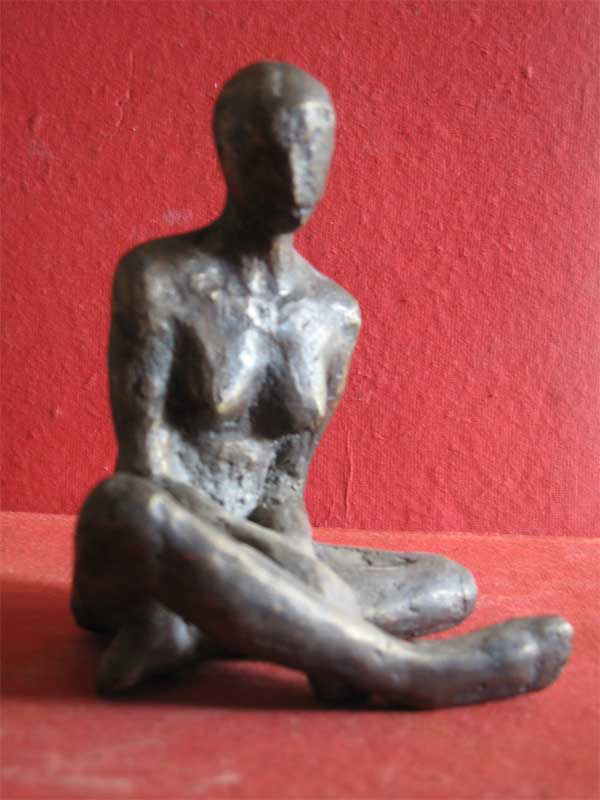
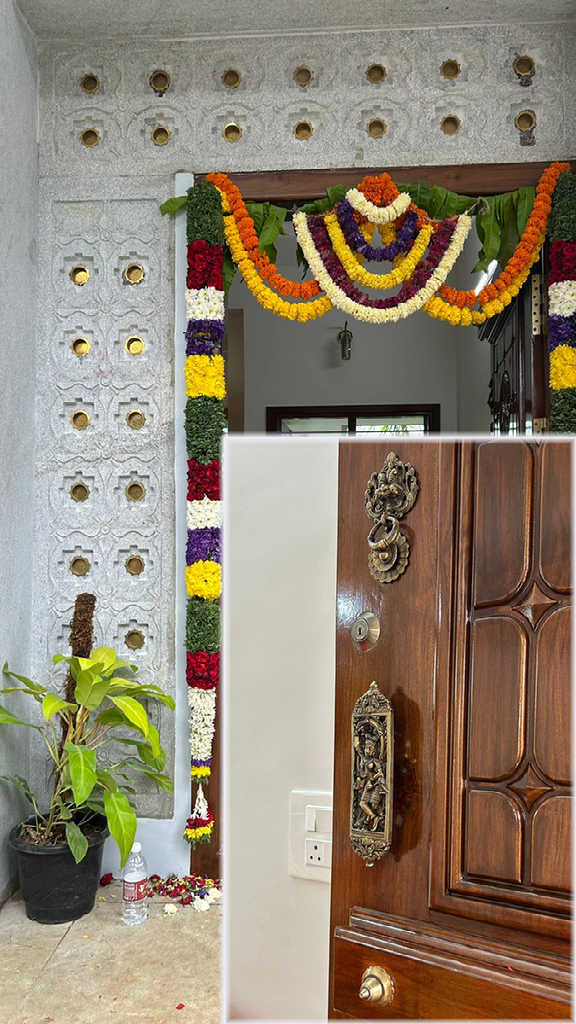
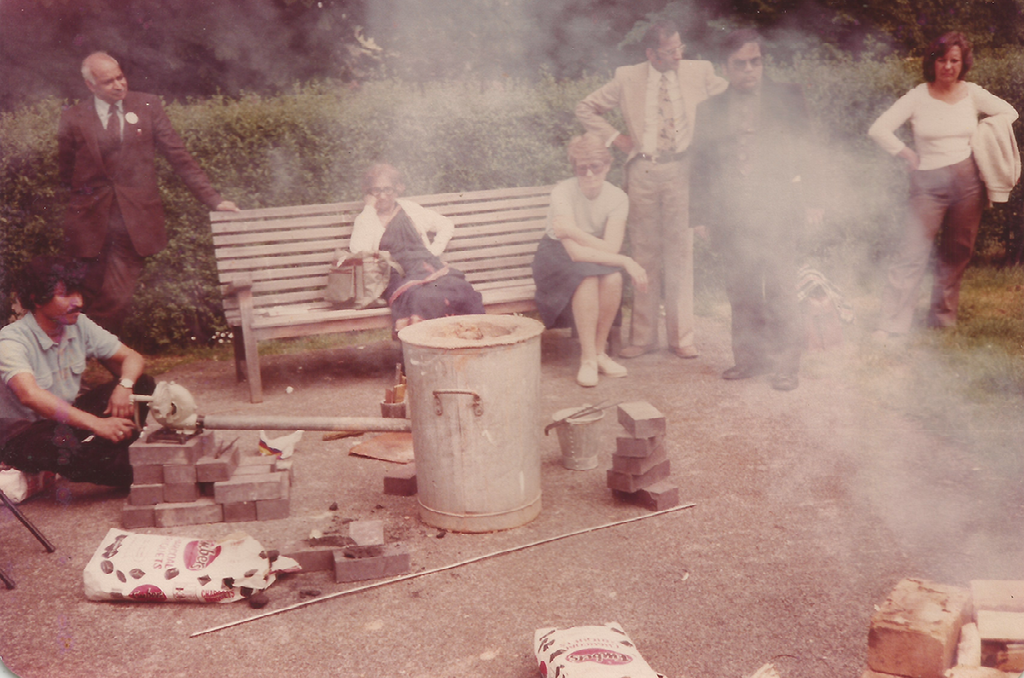
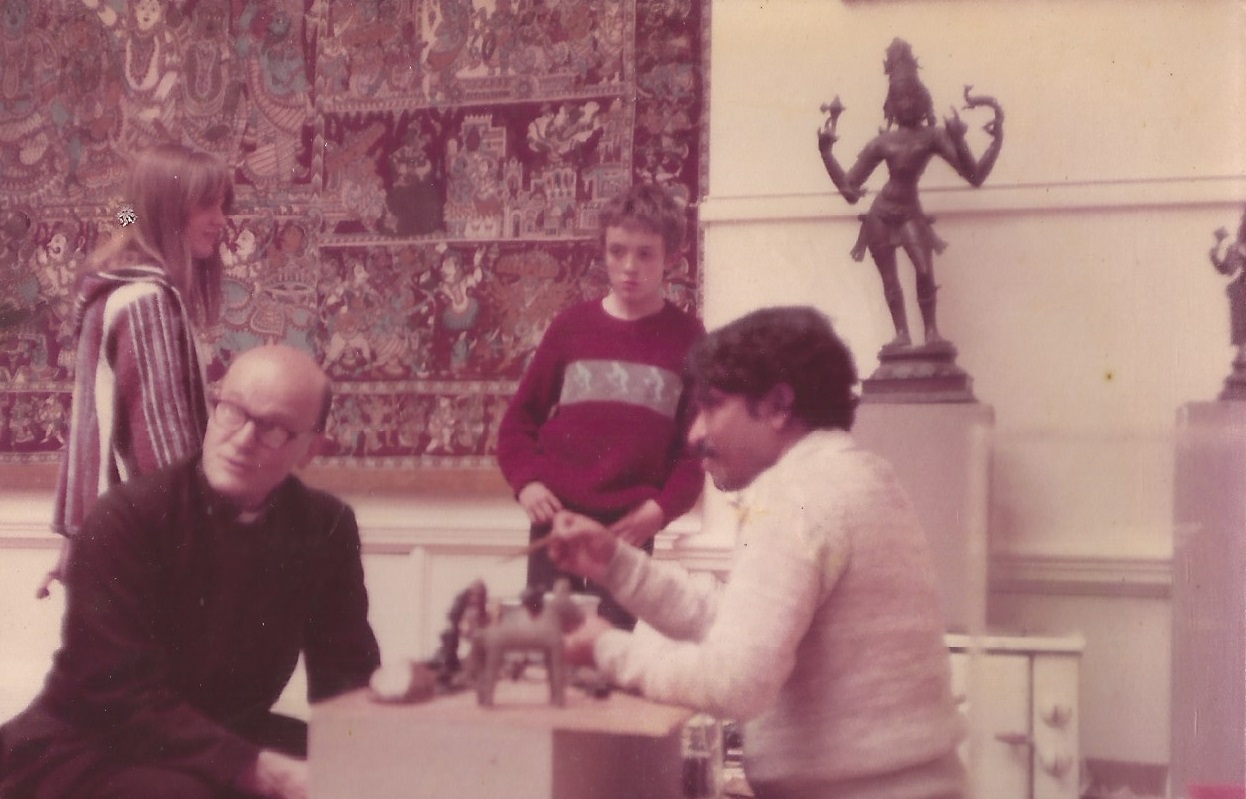
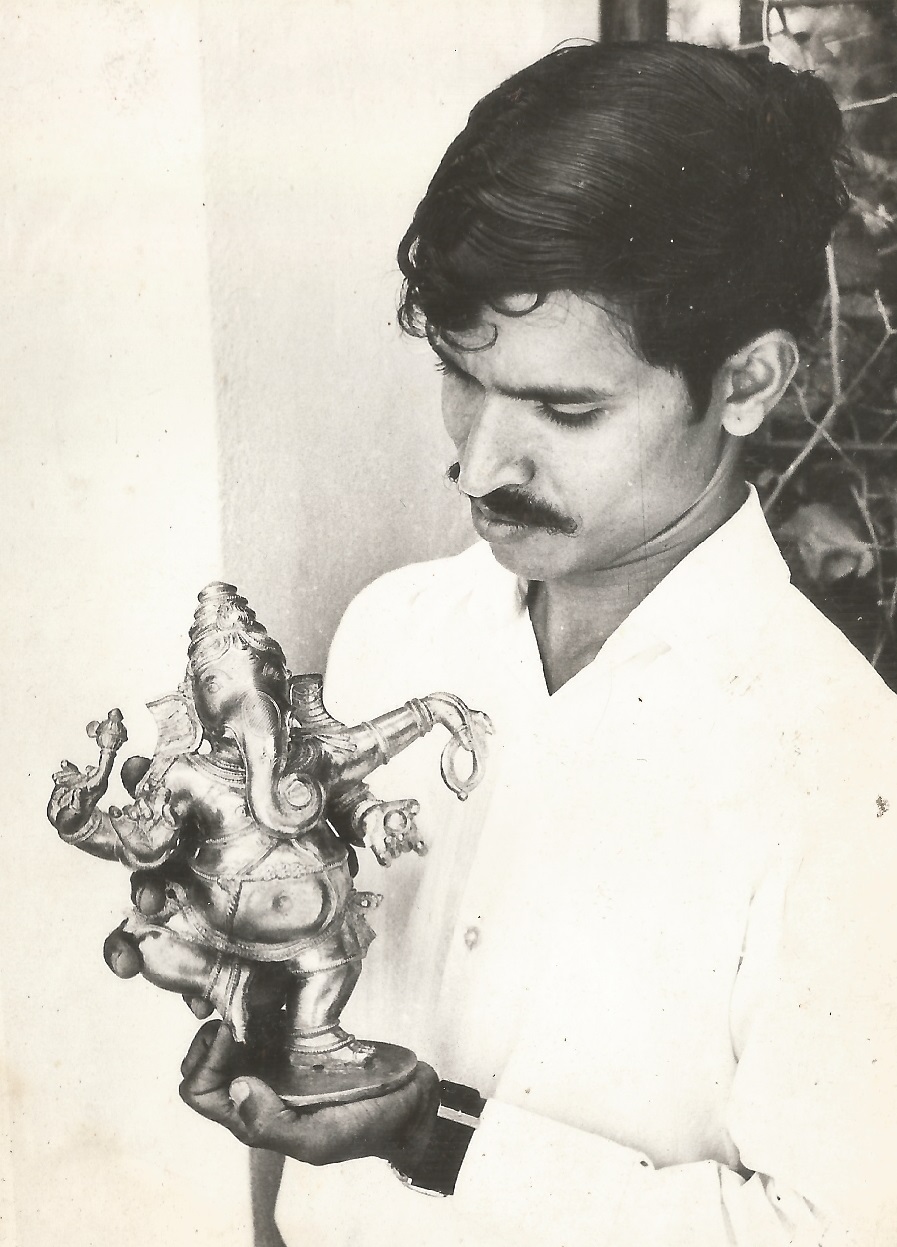
The Fiery Transformation: The mold is heated, melting away the wax and leaving a hollow cavity the negative space that will soon hold molten bronze.
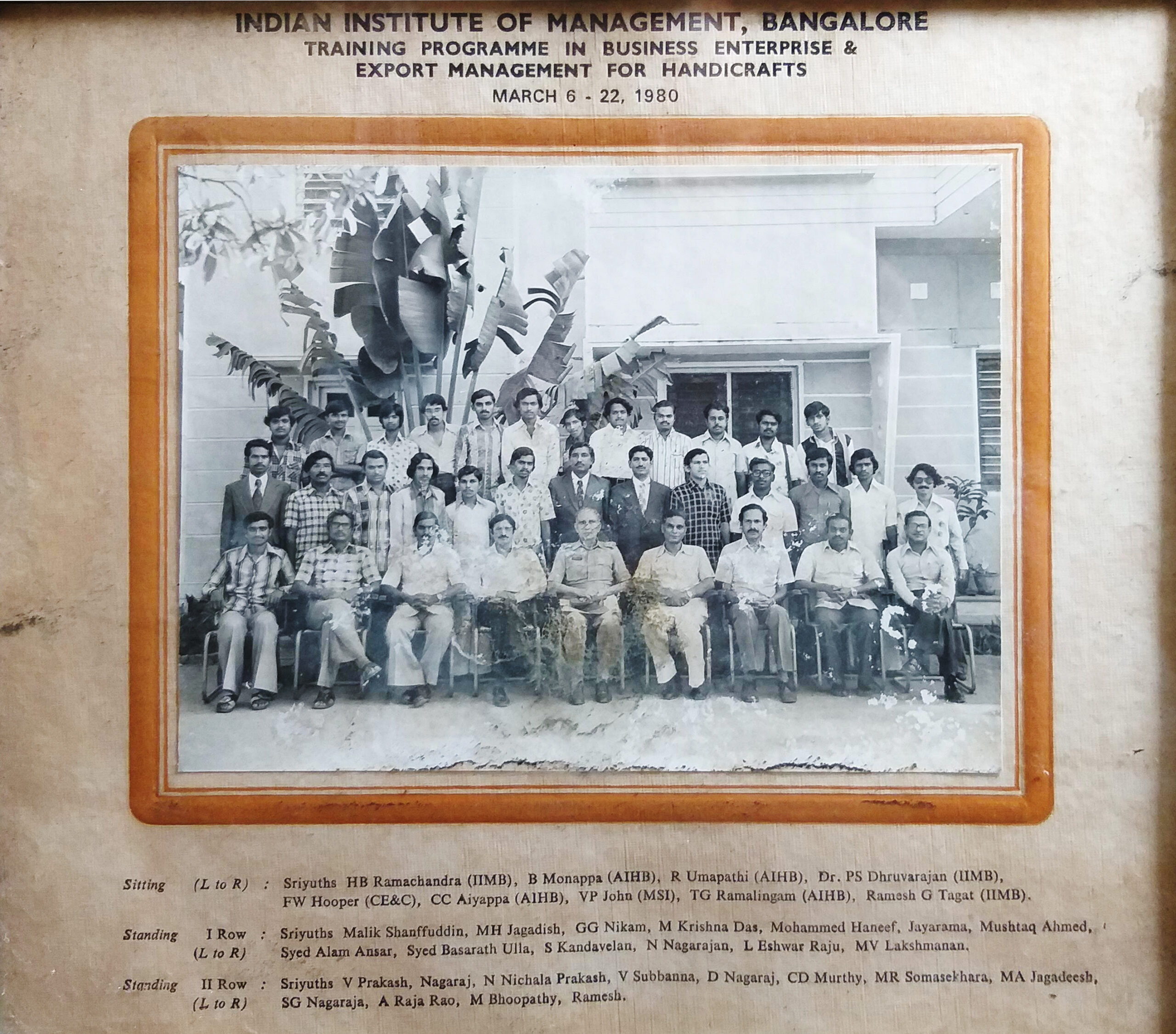
IIM Bangalore

Credits:
Lathish M V